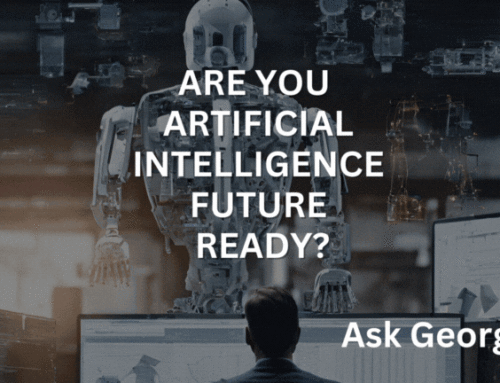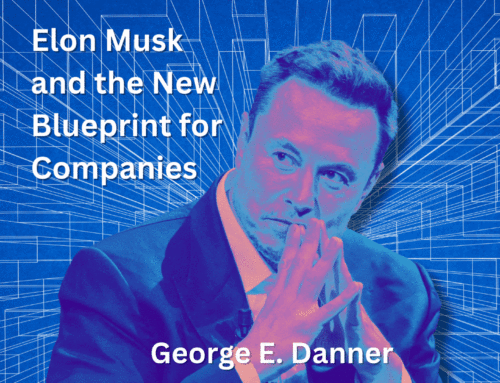
Young, eager, and bright.
These are the qualities that I see in the new generation of analysts and problem solvers that I get the privilege to speak with all over the world. I’m hopeful that these young men and women will solve problems that my generation never had the chance to work on, with tools yet to be invented that would undoubtedly amaze us today. I think back to the younger version of myself, working in software development, feeling like I had these unnatural superpowers to solve business problems like no one else could. That experience gave me a lifelong passion for analytics and data science. I find myself today teaching promising young adults the tips and techniques that I and my colleagues have learned the hard way over 40 years of practice. Teaching is my new passion and vocation.
When I teach students on data science principles, it feels like I am speaking to that younger version of me. One of the lessons that I learned after getting it wrong for so many years is the idea of explainability.
Let me explain “Explainability”.
As eager as we are to solve that next hard problem in business—ironing out a problematic supply chain, building a solid demand forecast, or untangling a complex production workflow—we often forget the most important aspect of solving a problem, which is explaining the solution to a large audience of business folks who are not analysts or engineers. I can’t tell you how many viable projects essentially failed because the “last mile” to the end user did not persuasively or comprehensively explain the merits of the solution, nor was the solution self-explanatory in nature. This is especially important in very complex environments like financial services, healthcare, and manufacturing, as those industries have so many “moving parts”.
Explainability and Simulation Models
Explainability is the reason why we’ve focused on two aspects of our work in the last ten years. First, our simulation models almost always have a very strong dose of visualization applied to them. If we are modeling a workflow, for example, we would literally show the work products moving from machine to machine or department to department, highlighting the value-added transformations happening at each juncture, all while showing a real-time scorecard with the key operational and financial metrics of the system. We have found that even the least analytically grounded person in the room can follow the intent and outcome of the models when such a visualization is a companion to the model. We have taken our cues from great minds like Edward Tufte in the design of the visualizations, down to the colors, scale, background, and even camera angle.
Diagramming the Model is Story-telling
The second part of our work involves the creation of diagrams at the very beginning of any analysis project. No matter what company I am asked to advise, I almost always begin with a diagram of the “system” at hand. I want to understand the “factory” that creates value, even if that thing is not considered as a factory—like a bank, a hospital, or a real estate firm. Diagramming always works, no matter the industry or geography. There is simply no substitute for having a blueprint to use to build a model, and just as critically, to explain the logic inside the model after it is built. Remember that the purpose of any model is not to simply generate numbers, but to tell a story.
My advice to younger people aspiring to great careers in analysis: learn how to draw a good picture. Just like there is good art and bad art, there are good drawings and bad ones. If you like, you can read all about drawing guidance in my books Profit From Science and The Executive’s How-to Guide to Automation.
No great piece of analysis works if it does not respect its audience—an audience composed of smart but non-mathematical people who simply want to know what kind of change you are advocating for and why. Reaching those people and getting your solution across is the heart of what explainability is. Practice explainability in your work every time. Become a business storyteller who uses data over words to convey ideas.
Good luck.
About George Danner
- George uses the very latest scientific techniques and methods to improve the performance of mid-size and large organizations through problem-solving, the optimization of existing practices, and advanced forecasting
- 37 years of experience in corporate strategy, specifically operational and financial analysis, across a wide variation of industries
- Author of the best-selling books, “Profit from Science” and “The Executive’s How-To Guide to Automation”
- M.S. Massachusetts Institute of Technology




